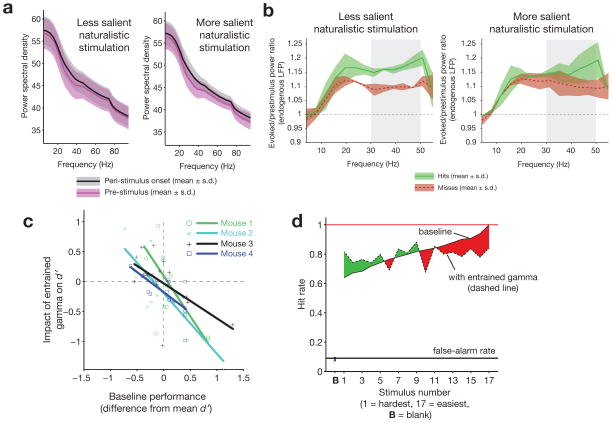Figure 5. Endogenous and entrained FS-gamma predict enhanced detection of less salient naturalistic stimuli.
a, Baseline versus evoked power spectra, for both less salient and more salient naturalistic stimuli. Error bars indicate mean ± s.e.m. b, Endogenous peri-stimulus spectral power in the gamma range during detection of less salient (left, mean of naturalistic stimuli across mice with baseline detectability levels below the median) and most salient (right, above the median) naturalistic stimuli, shown for hit (green) and miss (red) trials. Only for less salient stimuli did power in the 30–50 Hz range (gray bar) differ between hits and misses (red and green shaded regions represent mean ± s.e.m). c, Relationship between baseline (laser off) performance and the effect of optogenetically entrained FS-gamma on d′ (N = 17 stimuli presented to 4 mice). All mice displayed enhanced detection of less salient natural stimuli and a significant correlation between detectability and the entrained impact of FS-gamma (Mouse 1, R2 = 0.47, P = 0.0024; Mouse 2, R2 = 0.66, P = 0.001; Mouse 3, R2 = 0.38, P = 0.008; Mouse 4, R2 = 0.54, P = 0.0008). d, Average impact of entrained gamma on detection of stimuli ordered by detectability. For each mouse, the 17 natural stimuli were sorted as a function of detectability for that animal and then the impact of FS-gamma on these ordinal rankings were summed across animals. The difference between detection performance with and without entrained gamma is indicated in green (enhanced performance) or red (impaired performance).

